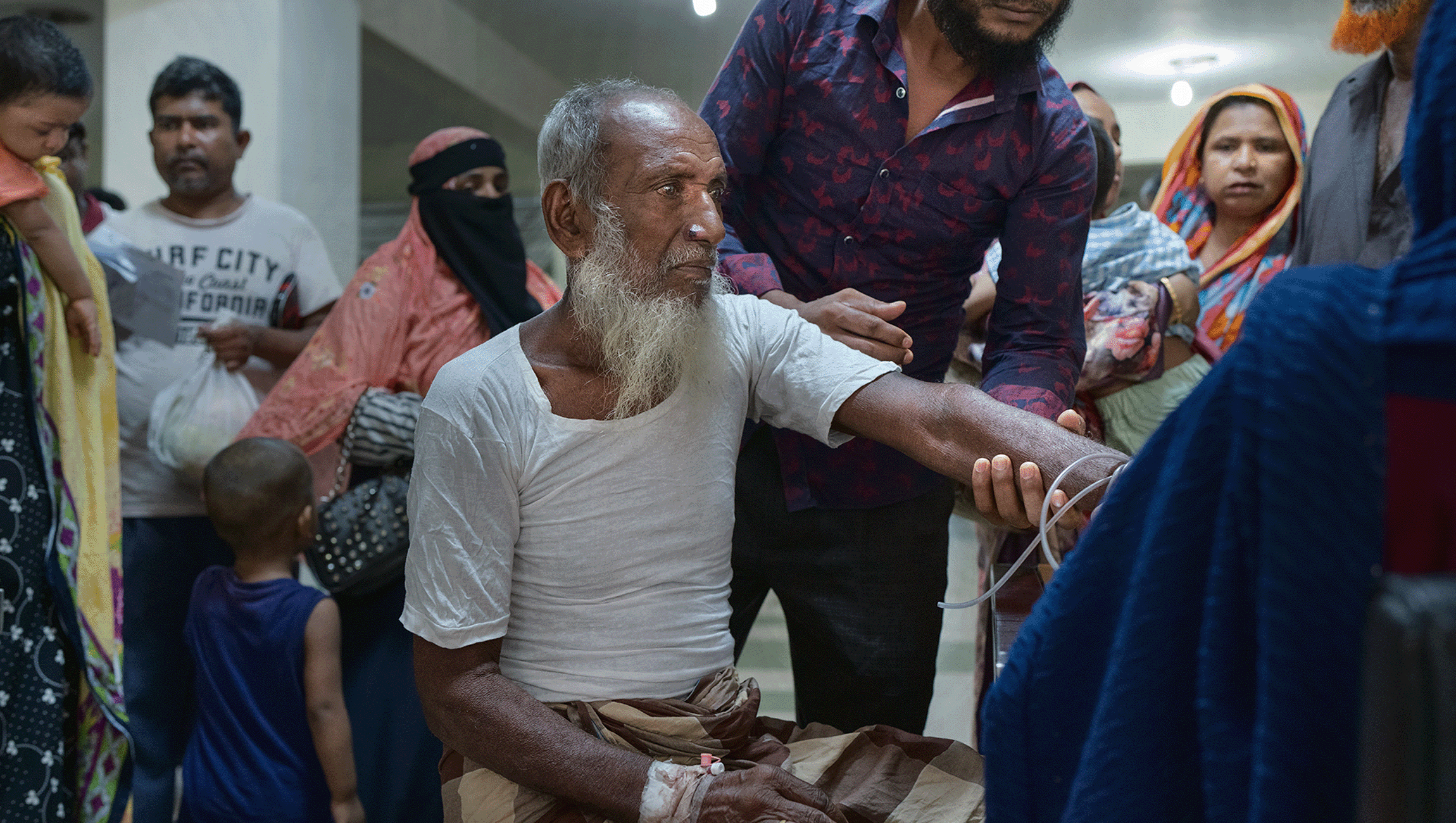

Global report on neglected tropical diseases 2025
One Health in practice: towards effective and feasible rabies elimination in Cambodia.
Global report on neglected tropical diseases 2025
Stronger together, towards 2030
This document is the third in a series of global reports describing progress towards the 2030 targets set in Ending the neglect to attain the Sustainable Development Goals: a road map for neglected tropical diseases 2021–2030. It describes a wide range of activities, accomplishments and challenges across the portfolio of neglected tropical disease (NTDs) and across all six WHO regions.
The report presents epidemiological and programmatic data for 2023, which were gathered, compiled and analysed in 2024. In some cases, 2024 data are available and presented; in other cases, less recent information is included, when 2023 data are not available. In addition, it presents the main facts or events that occurred in 2024, and a highlight of those that took place in the first months of 2025.
In line with the road map’s companion document Ending the neglect to attain the Sustainable Development Goals: a framework for monitoring and evaluating progress of the road map for neglected tropical diseases 2021−2030, this report includes quantitative information on the status of the overarching, cross-cutting and disease-specific global indicators. This is followed by qualitative information on each of the three road map pillars and on regional progress.
The conclusions of the report and way forward are further complemented by annexes on global financing for NTDs, status of donated medicines and health products for NTDs, articles on NTDs published in the Weekly Epidemiological Record in 2024, target product profiles published as of 31 December 2024, and the list of all global NTD reports published by WHO so far.

Child receiving treatment in Zanzibar against schistosomiasis.
Key facts about the report
Key facts about progress

A stray dog and his best friend "Uncle" in Penang, Malaysia
